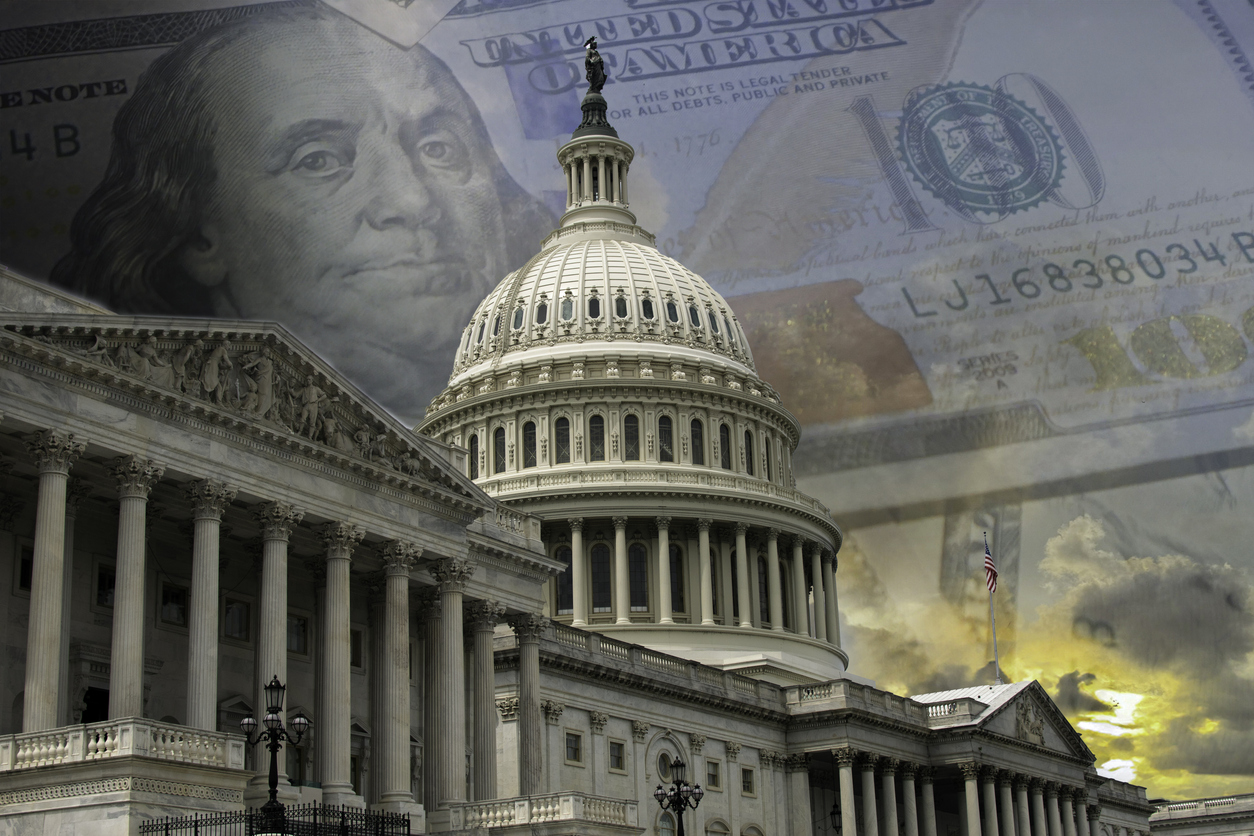US Government Shutdown 2025: Political Gridlock Hits the Economy
Why Is the Government Shut Down?
The United States has entered its third week of a government shutdown, marking one of the most significant political and economic disruptions in recent years. The deadlock began on October 1, 2025, after lawmakers failed to reach an agreement on federal funding before the end of the fiscal year.
According to The Guardian, the standoff centers on deep partisan divides over healthcare subsidies, defense spending, and social welfare programs. Democrats have refused to back Republican-led “piecemeal” funding bills that prioritize defense but exclude healthcare provisions under the Affordable Care Act. Republicans, meanwhile, have accused Democrats of political obstruction, arguing that broader spending debates should not delay essential government functions.
This political tug-of-war has paralyzed Washington—leaving agencies unfunded, workers furloughed, and markets uneasy.
What Government Agencies Are Affected by the Shutdown?
The shutdown has forced most non-essential federal agencies to close or reduce operations. That includes departments tied to health, education, housing, and environmental protection, with tens of thousands of federal workers furloughed without pay.
Key institutions like the Centers for Disease Control and Prevention (CDC) and the National Institutes of Health (NIH) are operating on limited staff, delaying research projects and public health monitoring. National parks have also seen widespread closures, while agencies such as the Department of Education and Housing and Urban Development (HUD) are struggling to process grants and payments.
Although essential services—like border control, Medicare, and national security—remain operational, they are running under immense strain. The business community has expressed growing concern that prolonged disruption could slow regulatory approvals, contract payments, and economic data releases, all of which directly affect market confidence.
Why Did the US Government Shut Down in 2025?
The 2025 shutdown reflects deeper structural dysfunction in American politics. The immediate trigger is budgetary disagreement, but the underlying issue is partisan brinkmanship.
As noted by Associated Press, Senate Democrats continue to block funding bills unless healthcare protections are included. Republicans, however, are pushing for stripped-down funding packages to keep government functions running while broader negotiations continue.
House Speaker Mike Johnson and Senate Minority Leader Mitch McConnell have faced mounting criticism for failing to broker a deal, while progressive leaders such as Alexandria Ocasio-Cortez and Bernie Sanders have accused Republicans of “economic hostage-taking.” The result: a standoff that underscores how fiscal governance has become a political weapon rather than a bipartisan duty.
When Was the Last Time the US Shut Down?
The last major shutdown occurred in 2018–2019, lasting 35 days—the longest in U.S. history. That standoff cost the economy more than $11 billion, according to Congressional Budget Office estimates.
If the current shutdown continues beyond late October, economists warn it could exceed that figure, potentially shaving off 0.2–0.3% from Q4 GDP growth. The shutdown has already disrupted data releases from agencies like the Bureau of Labor Statistics, complicating corporate and investment decision-making across sectors.
Economic and Business Implications
For businesses, the shutdown extends beyond politics—it’s an operational risk. Markets remain jittery as federal contracts stall, consumer confidence dips, and delayed data clouds forecasting models.
A senior executive at Goldman Sachs recently told the New York Post that “America works better when government is open,” echoing Wall Street’s growing frustration. Delays in government payments and stalled regulatory decisions are already affecting industries from defense to pharmaceuticals.
Meanwhile, the shutdown threatens to undermine global confidence in U.S. fiscal stability at a time when inflation remains elevated and geopolitical uncertainty is high. For multinational investors, the message is clear: Washington gridlock is becoming an economic liability.
What Happens Next
The Senate has now failed ten separate attempts to pass a resolution, and there’s little sign of compromise. Both sides risk political fallout, but the longer the shutdown continues, the more it harms ordinary citizens—and businesses that rely on government efficiency.
Unless Congress acts soon, the ripple effects will intensify: markets will slow, productivity will dip, and confidence in U.S. governance will erode further. The world’s largest economy can afford a short disruption—but not a crisis of leadership.













